Over the past week, as floods continued to devastate communities across southwestern China, the country’s top leaders descended from the capital to tour flood-stricken areas, visits meant to signal their resolve in dealing with the crisis.
Xi Jinping’s destination was Anhui, where he “delivered instructions to guide flood control efforts” and visited local residents, credited by party-state media for his “people first” approach. Meanwhile, Premier Li Keqiang, the head of the government and Xi’s number two on the Politburo Standing Committee (PSC), visited the city of Chongqing, where already this year the Yangtze River has topped its banks five times.
But beyond signalling the resolve of the leadership, these visits offered a glimpse of apparent divisions behind the scenes, and revealed how efforts to elevate Xi Jinping over his peers have led to a politics of the preposterous. The goal of the men driving the Chinese Communist Party’s propaganda efforts – right-hand ideas man Wang Huning (王沪宁), propaganda chief Huang Kunming (黄坤明) and China Media Group boss Shen Haixiong (慎海雄) – may be to show Xi in the best light, and to ensure that he dominates centre stage. But the result of such determined efforts in the digital age can be to focus attention instead on the act of propaganda itself, highlighting its grotesqueness.
The problem begins with Xi Jinping’s bright white shirt and shiny, shiny shoes. Throughout his visit to Anhui, the “core” leader was depicted as immaculate. He gave pep talks to workers and soldiers. He visited museums and businesses. But he never, ever, got his feet or hands dirty. Readers can click here for a Google Image search of his Anhui visit.
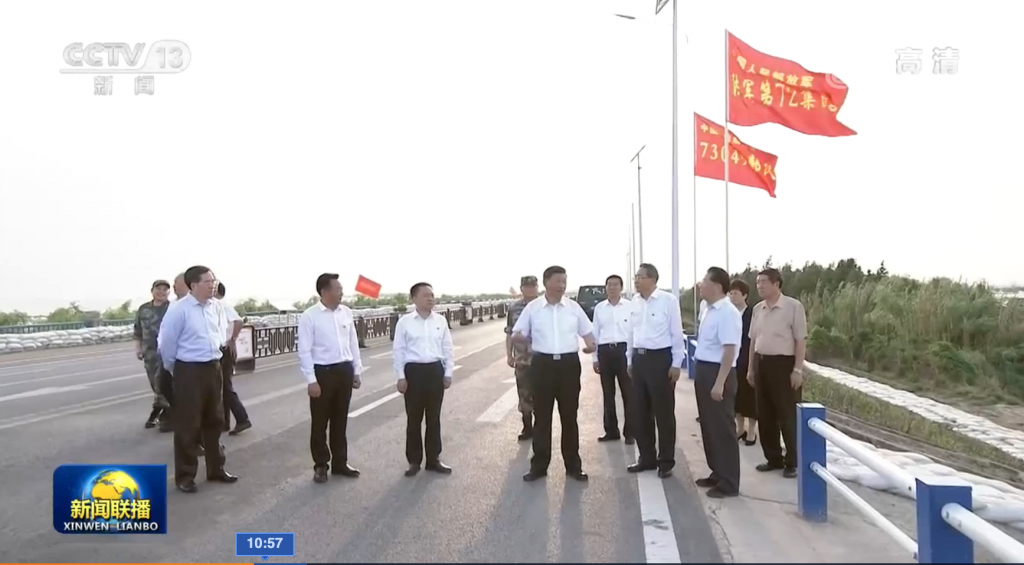
And what of Li Keqiang? The iconic image of the premier’s trip to Chongqing (below), which was shared on Friday through the State Council’s own www.gov.cn (中国政府网), shows Li trudging through the muddy waters, engaged in an active discussion with local officials. A man of the muck. A man of the people.

In a second image, featured at the top of this article, Li stands in the clay-coloured slurry holding a shovel.
But it is not just the contrast that matters. On both Friday and Saturday, Premier Li was entirely excluded from China’s official nightly newscast, Xinwen Lianbo, save for a passing mention in the lower-third of his planned participation in the third Lancang-Mekong River Cooperation (LMC) leaders’ meeting taking place today. In the People’s Daily too on Saturday, Xi Jinping dominated the headlines, while Li received only a tiny mention on page three – again, of the LMC meeting.
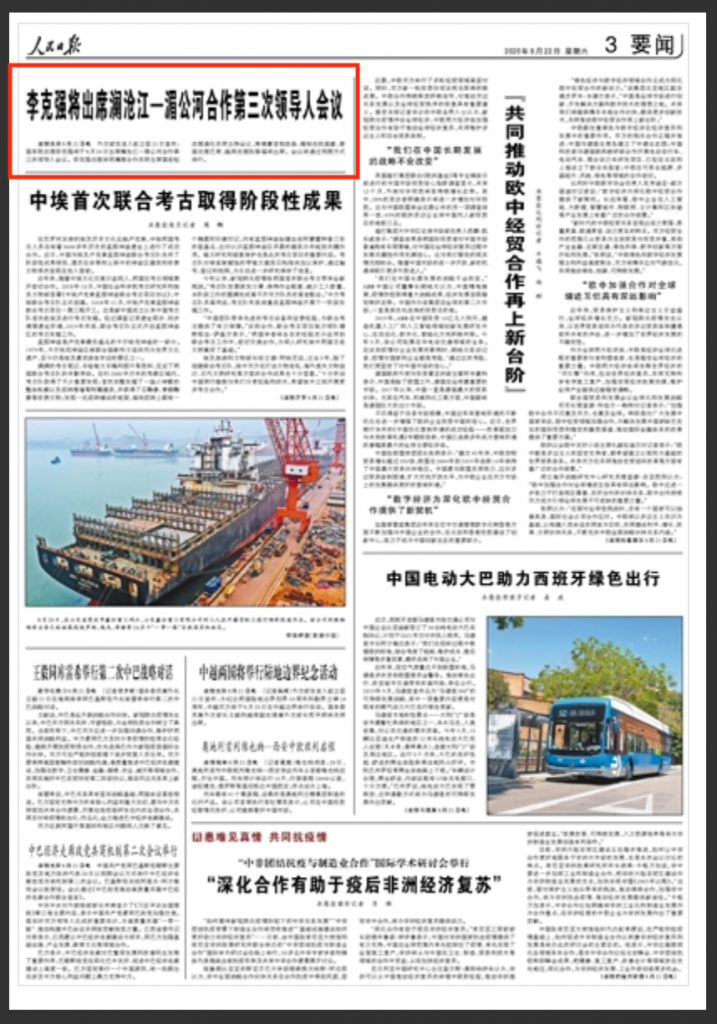
The August 21 broadcast of Xinwen Lianbo should be archived and studied, against the absent news of Li Keqiang’s visit, as an outstanding example of the vagaries of official propaganda that makes its chief priority not any particular policy objective but rather the center-staging of a single leader, elevating his personal image and interests over all else.
The effect, one could argue, is to achieve exactly the opposite. It is to make Xi not a dynamic leader – as Li appears to be in the Chongqing images – but an almost comically static figure, as though he was photoshopped into his own tour.
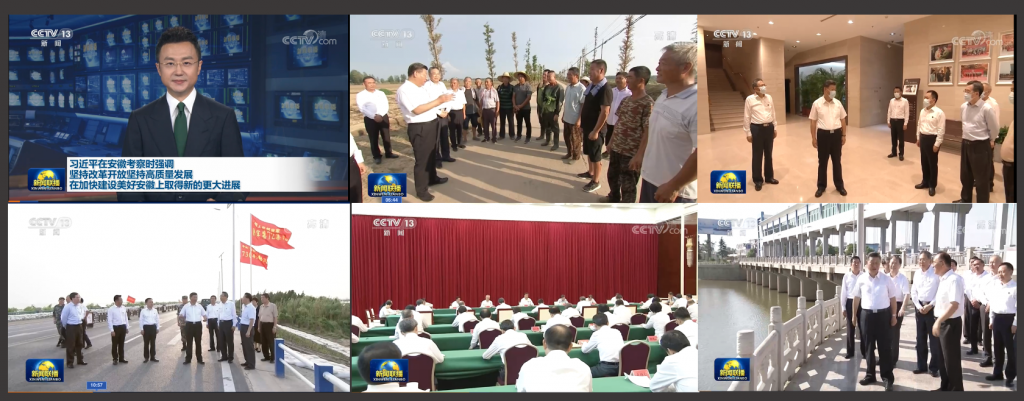
The first 25 minutes of the August 21 broadcast deal entirely with Xi Jinping in Anhui, a tiresome succession of clips, including (lofty, distant) drone footage of the flooded region. The only action that is remotely human and relatable is that of the soldiers of the People’s Liberation Army, who are shown in scenes of mucky action after Xi had blandly directed them.
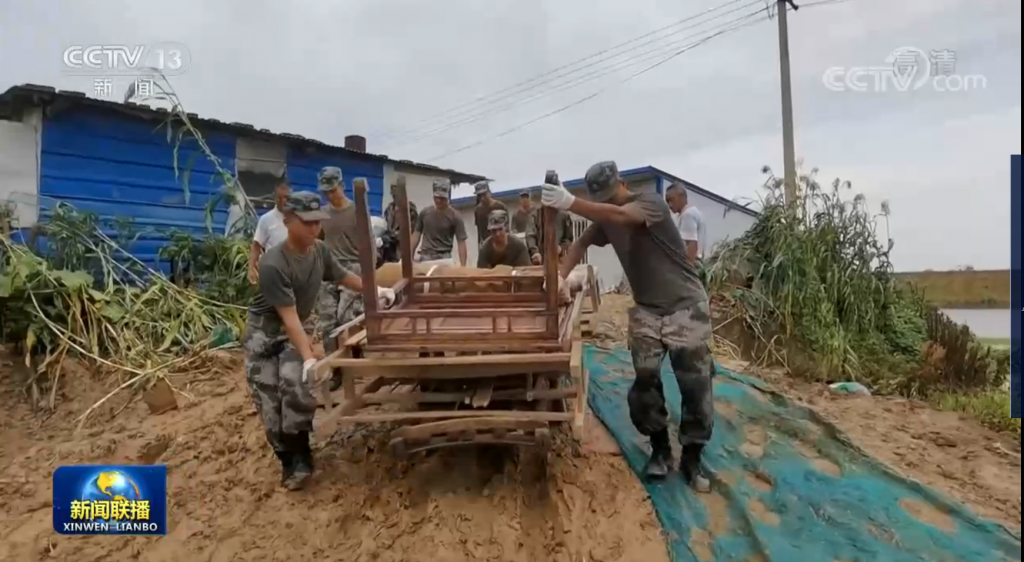
In the digital age, the apparent restraints on the use of footage of Li Keqiang’s Chongqing tour present a real problem, but one of which the CCP’s top propaganda masters, including Wang Huning, seem unaware.
Here, for example, is a screen capture of the release on Xi Jinping’s trip to Anhui (left) as it appeared on the official WeChat account of www.gov.cn on Friday. Next to it (at right) is the release about Li Keqiang’s trip to Chongqing. Notice that while the Xi Jinping news has just 2,240 “likes,” the Li Keqiang story already has more than 11,000.
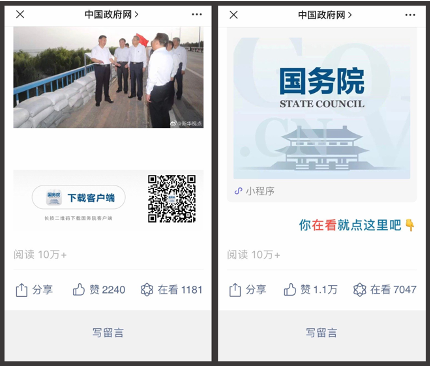
The contrasts were certainly noted by Chinese readers, whose chatter was picked up also by Chinese-language media internationally, including Deutsche Welle and RFA. The ultimate effect is arguably something for which the Chinese Communist Party has lately shown great sensitivity, the phenomenon of “high-level black,” or gaojihei (高级黑), in which CCP ideals, principles, policies and discourse are interpreted in such a way as to achieve a critical or embarrassing result.
Whatever tensions might lie behind the headlines are a matter of speculation. But this story of contrasts, the tale of two official visits and how they were portrayed and then amplified, can reveal the pitfalls of propaganda – in all eras, but certainly in the digital age.




















